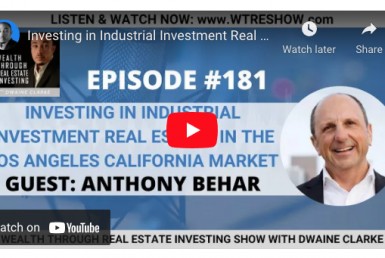Key Factors for the Near Future of CRE
According the Urban Land Institute and update from Bisnow.com, here here some key factors affecting CRE going forward and into 2019:
1. Office and multifamily amenities on steroids: New office buildings and multifamily assets are going well beyond the fitness center and recreational areas to include child and pet care, bike storage and even a “curated garden” growing fresh fruits and vegetables.
2. Retail space being repurposed: The rumors of retail’s demise may have been exaggerated. With low prices, it is a good time to look at retail space to repurpose to accommodate alternative uses such as urgent care medical facilities, health and fitness providers, restaurants, financial services and entertainment venues.
3. 18-hour suburbs attracting millennials: The generation that drove the urbanization trend and 18-hour cities may finally be ready to move to the suburbs. As the oldest millennials reach their mid-30s, they are looking to buy homes that meet the right criteria with urban amenities such as walkable neighborhoods in proximity to shopping and entertainment along with green space and good schools.
4. Disrupters in real estate: From package delivery to bike-sharing to ride-hailing services, everything from lobbies to sidewalks to roads are more congested. This business-to-consumer activity is one of the forces behind “amenity creep” and an issue residential and commercial property investors need to watch closely.
5. ESG practices becoming important to investors: Sensitivity to environmental, social and governance issues has increased for U.S. real estate regardless of the direction of national policy. Funds with an ESG investment plan in place could see an advantage in attracting capital, especially from institutional and international investors as well as public REITs.
6. Last-mile industrial development deeded to meet e-commerce demands: With the expansion of e-commerce far from over, the need for facilities to accommodate a denser distribution network is acute and will only increase over time, especially infill opportunities, providing last-mile break-bulk sites.
7. Easing into the future: The challenge to real estate markets is a prospective slowdown in demand, varying across geography and property types. But slower growth does not mean there won’t be opportunities. Functional obsolescence in all kinds of space, the need for affordable housing and responses to technologies will all require new investment and development.




